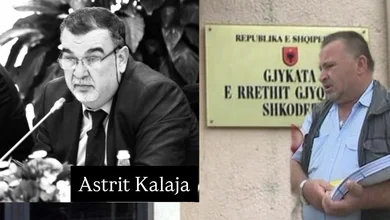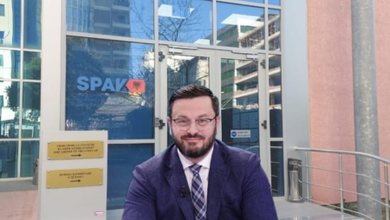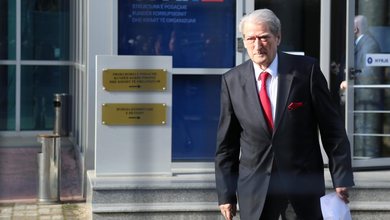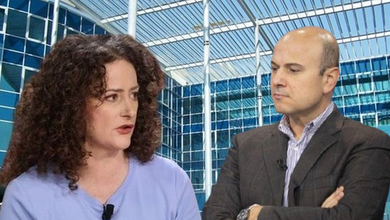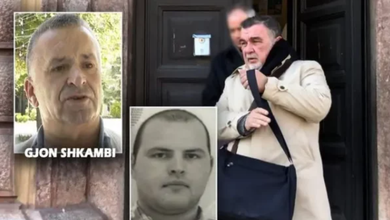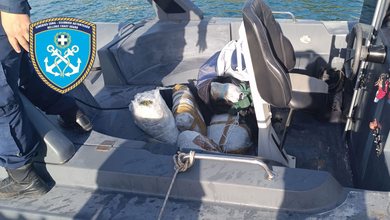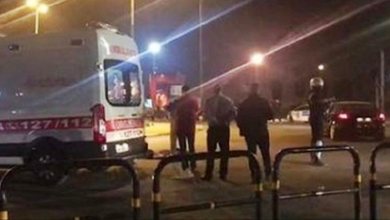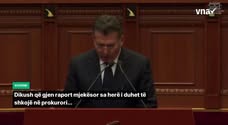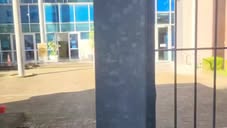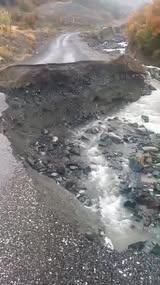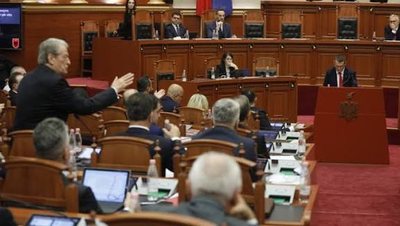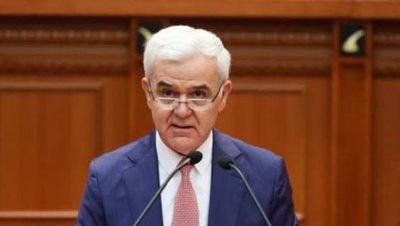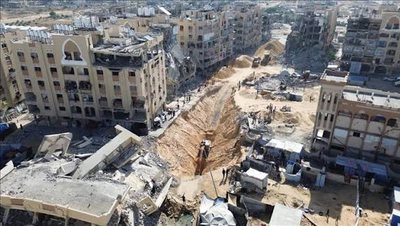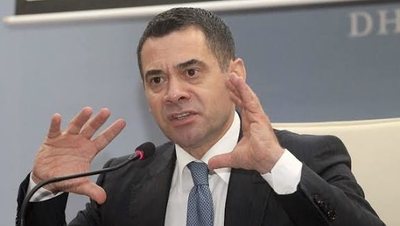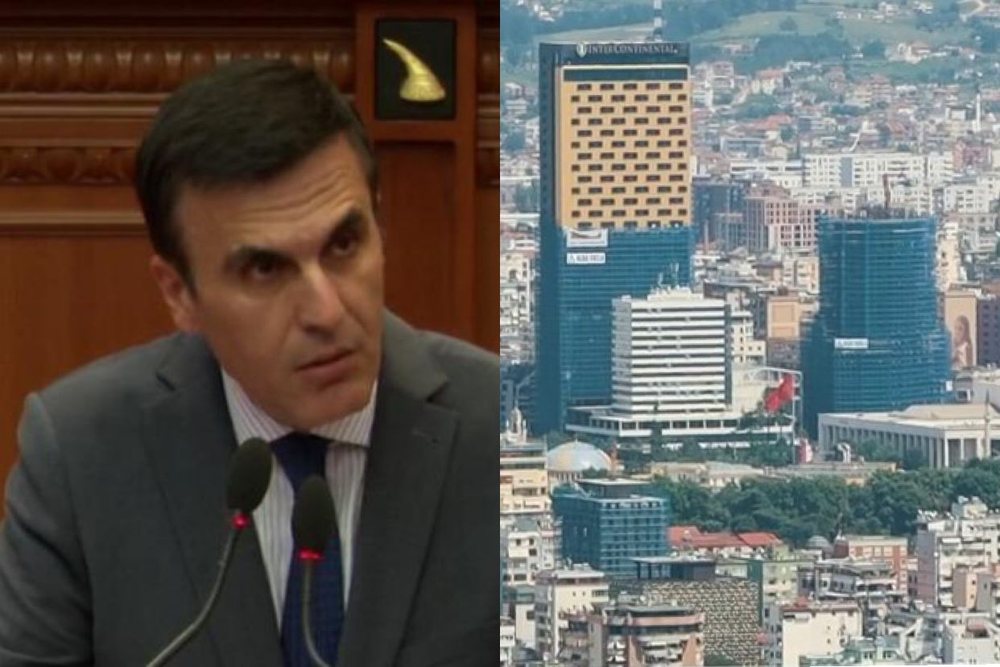
In his annual report to the Assembly, Prosecutor General Olsian Çela declared that there are “positive results” in the investigations into the criminal offense of money laundering, noting that the number of defendants and criminal proceedings has increased, as well as that 7 special sections have been established in the country's prosecutors' offices that deal only with the investigation of financial crime. He said that the investigations have produced seizures of real estate, but without providing concrete figures:
"Regarding the investigation of money laundering, in 7 prosecutors' offices in the country we have special sections, while in other prosecutors' offices we have prosecutors for these criminal offenses. Regarding construction, the data on seizures is positive. I cannot specify where the seized surfaces are located, but the positive approach is important."
But while prosecutor Çela was reporting on the results, the reality of the construction market in Tirana tells a different story. International reports and local analyses show that the construction sector has become a major money laundering channel, with values exceeding billions of euros and very few effective investigations.
According to the Global Initiative Against Transnational Organized Crime, which published the report “Skyscrapers and Shadows: Albania's Construction Boom Masking a Web of Crime and Corruption” in May 2024, 67% of companies building high-rise buildings in Tirana do not have bank loans or verified financial sources. This is a strong indicator of the involvement of informal capital, often of dubious origin. The same report states that “the lack of bank financing for such a large proportion of large projects indicates the use of cash and networks of shell companies to hide the source of funds.”
Meanwhile, the Financial Intelligence Agency (AIF), in the National Risk Assessment Report 2023, ranked the construction sector as the sector most exposed to money laundering in Albania. The report explicitly quotes:
"Construction and real estate constitute the most used channel for investing funds of dubious origin, due to the use of physical money and the lack of transparency in the source of capital."
Another contradiction that supports this picture comes from the Bank of Albania's annual report on Sectoral Credit 2024, which shows that construction lending has decreased by 9.2% compared to 2022, while construction permits in Tirana have increased by 35% in the same period (official INSTAT data for the second quarter of 2024). This discrepancy paves the way for suspicions about the use of informal capital.
Against this background, Chief Prosecutor Çela himself admitted today in a plenary session that cooperation with the Tax Directorate and the Customs Directorate remains weak, stating that the quality of referrals is not at the required level:
"I do not think the situation is satisfactory. We expect more input from the Tax Directorate for referrals regarding the criminal offense of money laundering. The legal framework is complete, but the challenges are related to the quality of cooperation."
According to the Altax Report (June 2024), "Money Laundering in the Construction Sector and its Impact on Supply, Demand and Real Estate Prices", referrals from Taxes and Customs for suspected money laundering cases account for less than 12% of the reports that reach the prosecution, which means that the majority of suspected financial activity goes uninvestigated.
Despite Çela's claims of a "positive approach" and an increase in criminal proceedings, no institution has published a transparent balance sheet on the number, area or value of assets seized as a result of money laundering investigations to date. In the absence of concrete data, today's reporting in parliament remains formal, while the economic reality of the capital speaks of a system that builds a lot but investigates little.
In a market where cash is king, official lending is falling, and shell companies are growing, Çela's reporting left more questions than answers: who is financing Tirana's new towers, why are there no in-depth investigations into the source of the funds, and why are fiscal institutions failing to give the signals that should prompt a criminal investigation?
Until these questions are answered with facts and figures, the increase in proceedings will remain a statistic, while Tirana will continue to build more than it is able to explain.


